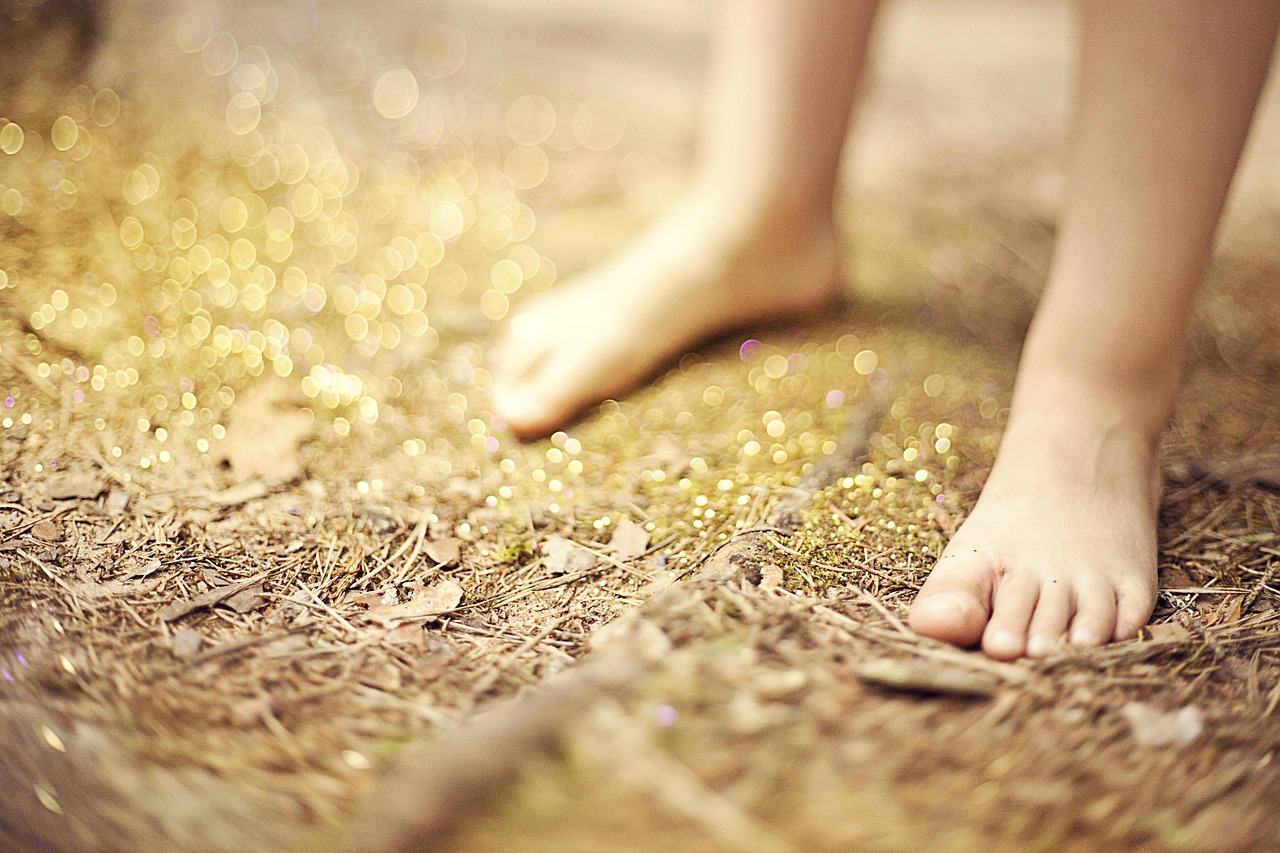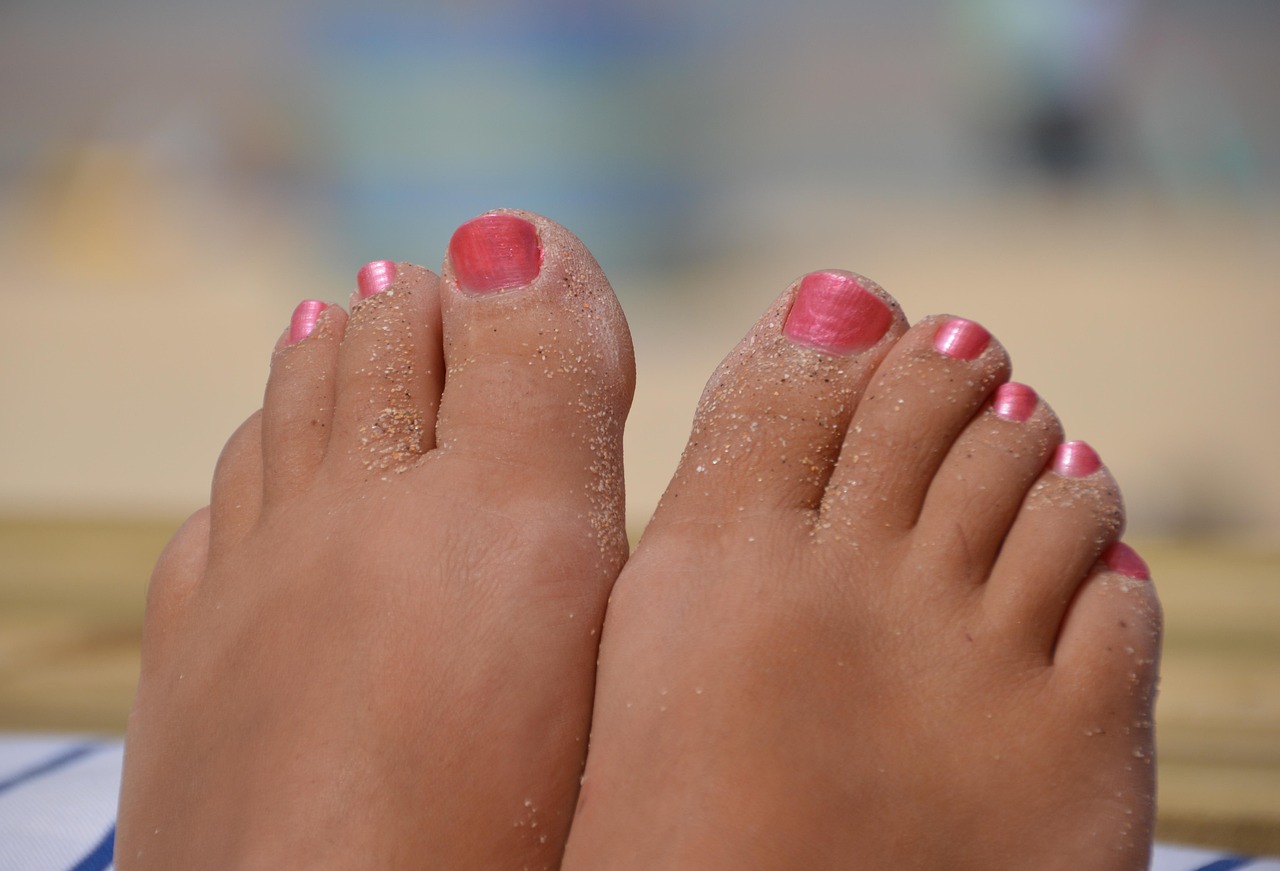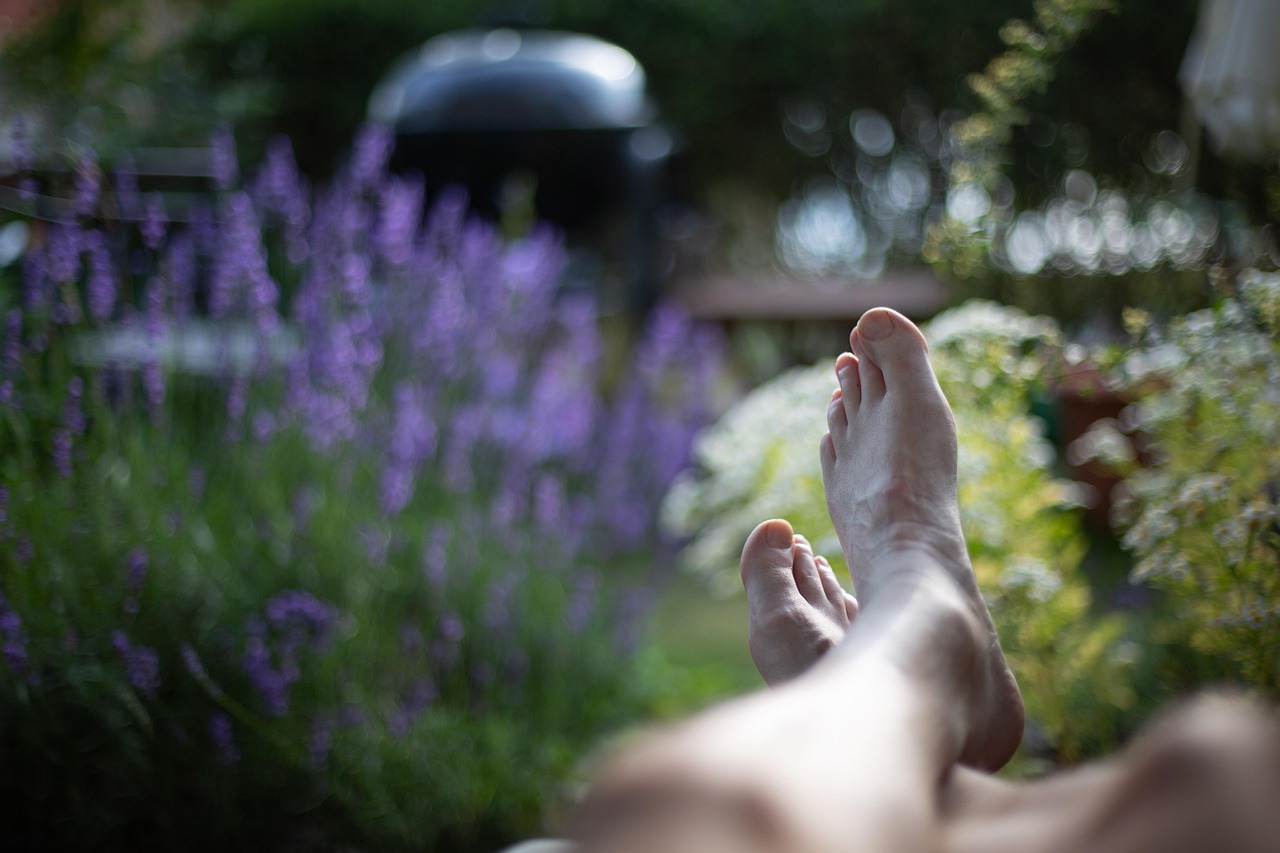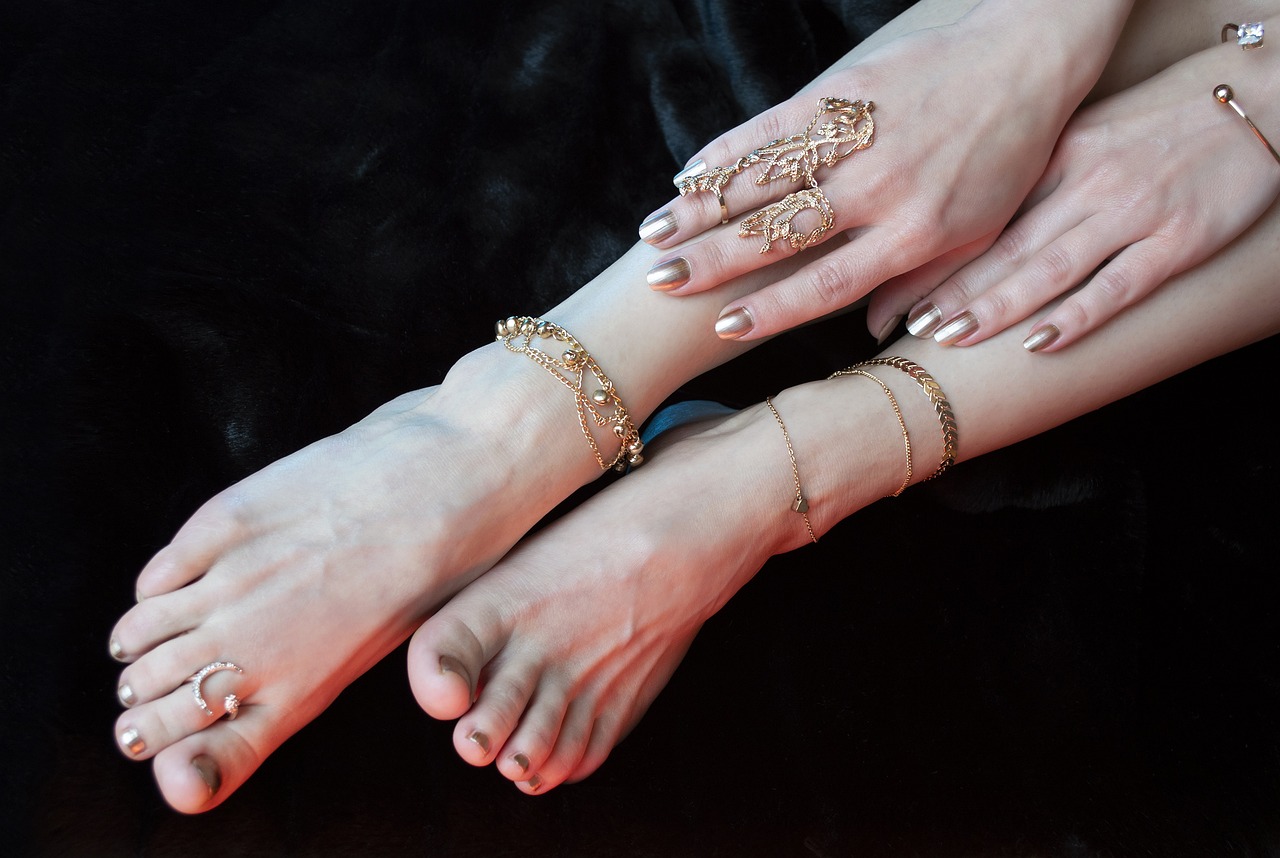Healing starts with what you stop doing.
Cracked heels can sneak up on you — first, a little dryness, then flaking, and before you know it, deep, painful fissures that sting with every step. Moisturizing is essential, yes — but equally important is knowing what NOT to do.
Many people unintentionally make their cracked heels worse with everyday habits. If your heels just won’t heal, it may be time to take a closer look at the things you’re doing (or not doing) that are slowing down recovery.
In this guide, we’ll walk through what to avoid when you have cracked heels, and how to replace bad habits with simple, effective solutions from The Beauty Pure.
Table of Contents
Toggle🚫 1. Avoid Walking Barefoot on Hard Surfaces
Hard floors, tiles, and outdoor ground:
- Pull moisture away from your skin
- Increase pressure on already-damaged areas
- Encourage more splitting with every step
🔁 What to do instead:
Wear soft slippers or cushioned socks at home. Protect your heels from constant impact while they heal.
🚫 2. Don’t Use Harsh Scrubs or Metal Files
Over-exfoliation is one of the most common mistakes. Aggressive tools can:
- Tear sensitive skin
- Open cracks further
- Delay healing
🔁 What to do instead:
Use a gentle pumice stone 2–3x a week and only after soaking your feet. Always follow with a rich foot cream.
🚫 3. Skip Products with Strong Fragrances or Alcohol
Many lotions, sprays, and soaks contain drying ingredients or synthetic fragrances that:
- Irritate already compromised skin
- Strip essential moisture
- Cause stinging or itching in open cracks
🔁 Use this instead:
👉 Lapitak Cream for Cracked Heels
- Fragrance-free
- Packed with urea, glycerin, and panthenol for deep repair
- Designed for sensitive, cracked heel skin
🚫 4. Don’t Ignore Early Signs of Cracking
That dry patch or rough edge may seem harmless — until it splits and becomes painful. Waiting too long to treat early dryness often leads to deeper cracks and longer healing times.
🔁 What to do instead:
Treat minor roughness immediately with:
👉 Lapitak Foot Care Cream – light enough for daily use, strong enough to prevent worsening.
🚫 5. Avoid Wearing Tight, Non-Breathable Shoes
Shoes that:
- Don’t allow air flow
- Rub against the heel
- Cause sweat buildup
… can worsen skin irritation and slow healing.
🔁 Choose footwear that’s:
- Cushioned at the heel
- Breathable (e.g., mesh or leather)
- Properly fitted (no slipping or rubbing)
🚫 6. Don’t Skip Moisturizer “Just This Once”
Cracked heels need consistency to heal. Skipping even a day can:
- Interrupt the repair process
- Cause skin to dry and split again
- Set you back days or weeks
🔁 Stick to this routine:
Morning:
- Apply Lapitak Foot Care Cream after showering
Night:
- Apply Cracked Heel Cream
- Cover with socks for deep overnight repair
🚫 7. Don’t Use Bandages on Deep Cracks Without Medical Advice
Some people try to tape or cover cracked heels with standard band-aids — which can:
- Trap bacteria
- Increase skin breakdown
- Cause more pain when removed
🔁 Safer alternative:
- Apply healing cream
- Use cotton socks overnight instead of adhesive bandages
- For severe fissures, consult a podiatrist
Summary: What to Avoid with Cracked Heels
| ❌ Avoid | ✅ Do This Instead |
|---|---|
| Walking barefoot on hard floors | Wear cushioned socks or slippers |
| Over-scrubbing cracked skin | Exfoliate gently after soaking |
| Products with alcohol/fragrance | Use heel-specific, fragrance-free cream |
| Ignoring dryness | Moisturize at first sign of roughness |
| Tight or sweaty shoes | Choose breathable, supportive footwear |
| Skipping daily care | Stick to AM & PM foot cream routine |
Final Thoughts: Healing Starts with Smarter Choices
You don’t just need more foot care — you need the right kind. Avoiding harmful habits is just as powerful as applying the best cream. Give your heels the care they deserve by protecting them from what makes them worse in the first place.
👉 Visit The Beauty Pure to explore trusted, dermatologist-tested products that help your heels heal faster — and stay that way.





